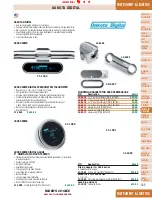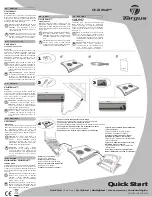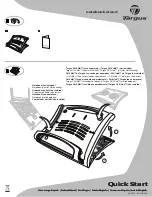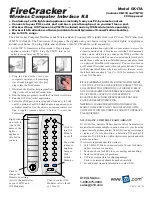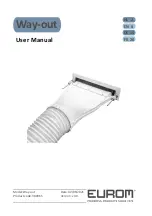
Destructive interference can occur under certain circumstances. This
results in areas, not covered by the sensor. Those areas are of limited
spacial expansion of 10
–
20 cm (3.9
–
7.9 in.). Those blind spots occur in
a symmetrical pattern.
⚠️
Known Issues
Primary Reflections
The sensor perceives the transmission pulse as reflections in close
proximity (0-20 cm / 0-7.8 in.). This effect can be mitigated by adjusting
the of the number of pulses and peak window size.
False Positives
Interfering echoes, environmental noise and other ultrasonic sources
are visible as false positives. Depending on the duration and amplitude,
noise points can occur at random positions.
Blind Spot Areas
The calculated position of an echo is dependent on the reflected signal
strength received by the sensor. Less energetic signals result in higher
positional variance up until the point of imperceptibility.
Accuracy Issues
These errors can be mitigated by adjusting the echo rejection threshold
to a higher value, with the disadvantage of a diminished detection
range and a smaller opening angle.
In the presence of continuous environmental noise, the system will
wait until noise contamination falls below an acceptable threshold
and trigger the next measurement. This will lead to missing frames
which in turn reduces the output refresh rate. Configurations with a
low echo rejection threshold are more prone to this behaviour.
Refresh Rate Drops
The reflective properties of the target object can influence the detected
echo position.
•
Big planar objects (e.g. Walls) will reflect a single echo on the
surface of the object with the closest proximity to the sensor.
Target Angle
•
Big planar objects (e.g. Walls) at certain angles will reflect most of
the acoustic energy away from the sensor. Possible detectable
positions can be located outside of the field of view of the sensor.
7
Preliminary Prototype | All right reserved | All Information without warranty
Calibration Issues
The calculated position of an echo is depending on the sensor
configuration. The pulse length as well as the selected peak detection
window size will add an offset to the actual coordinates.
Multipath Reflections
An echo, which is reflected multiple times between two surfaces e.g. in
close proximity with the sensor placed in between, will produce false
positives .









